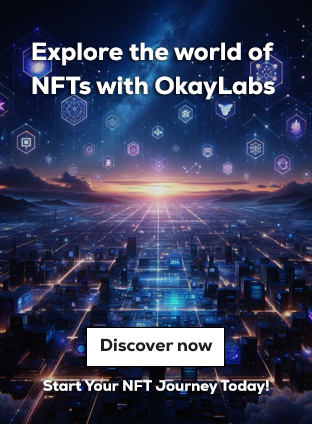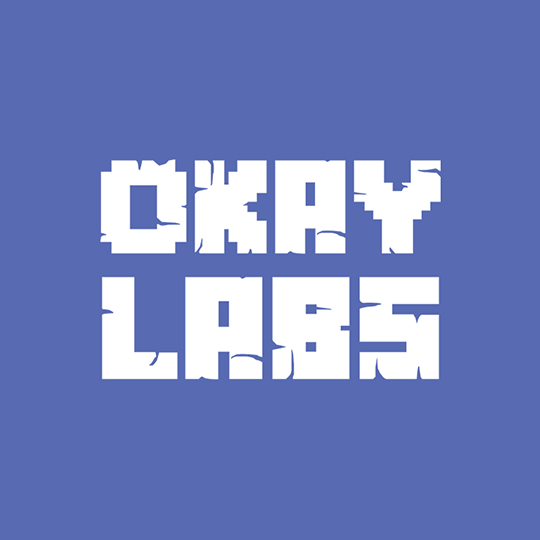In a groundbreaking move to enhance the security of cross-chain transactions, LayerZero Labs and Eigen Labs have introduced an innovative system designed to make decentralized networks more secure through economic incentives. The two companies, known for their work on Ethereum’s re-staking protocol EigenLayer and the cross-chain messaging protocol LayerZero, have co-developed a framework for CryptoEconomic Decentralized Verifier Networks (DVNs). This new system promises to address critical challenges in the cross-chain ecosystem by integrating both technical verification and financial incentives to ensure trust and reliability across blockchains.
Solving Cross-Chain Security Challenges with DVNs
The partnership, announced on October 2 in a blog post by LayerZero Labs, introduces the CryptoEconomic DVN framework as a solution to several key issues that have plagued cross-chain communication. Traditionally, cross-chain transactions have suffered from problems such as:
- Lack of economic incentives to ensure participants act honestly
- Limited participation in the security of the network
- Inflexible security models that don’t adapt to diverse use cases
The DVN framework is designed to address these gaps by combining cryptoeconomic security with technical verification. At the heart of the system is a set of mechanisms that rely on verifiers to stake assets—such as Ether (ETH), EigenLayer’s EIGEN token, or LayerZero’s native ZRO token—to secure the network.
If verifiers act dishonestly or make errors in verifying cross-chain transactions, they risk having their staked assets slashed (i.e., taken away) as a punishment. This mechanism introduces a financial disincentive for malicious behavior, making cross-chain communication more trustworthy and reliable.
Four Key Mechanisms to Enhance Cross-Chain Security
The DVN framework is designed around four primary mechanisms to ensure the security of cross-chain messaging:
- Staking of Assets: Verifiers lock up assets like Ether, EIGEN, or ZRO as collateral. These assets serve as a financial guarantee of the verifiers’ honesty.
- Message Verification: Cross-chain messages are sent across multiple blockchains and verified by the network of staked verifiers. If the message contents are accurate and trustworthy, no action is taken; however, if discrepancies arise, the network can intervene.
- Voting and Slashing: If a discrepancy or malicious activity is detected, token holders can vote on whether to veto the staked assets associated with the dishonest verifier. In cases of confirmed dishonesty, the assets are slashed and removed from the verifier’s stake.
- Incentives for Honest Behavior: Honest verifiers are rewarded through financial incentives, which encourages greater participation and further strengthens the security of the network.
Open-Source and Customizable Security
The CryptoEconomic DVN framework is designed to be open source, allowing other teams and projects to implement their own DVNs using different assets for staking and customizable security parameters. This flexibility means that the framework can be tailored to specific applications, giving developers the freedom to create cross-chain solutions with the exact security requirements they need.
As EigenLayer explained, the traditional security of verifying omnichannel messages relied solely on the network’s internal verification mechanisms. But with the introduction of the re-staking model—where assets are restaked for additional security—anyone can now participate by staking their own assets to provide that extra layer of trust and protection. This democratizes the process and encourages broader participation from the crypto community.
LayerZero’s Role: A Marketplace for Verifiers
LayerZero, known for its cross-chain messaging protocol, acts as a marketplace for DVN verifiers, facilitating a network of participants who can offer security services to cross-chain transactions. Currently, there are 35 entities participating in the network, including prominent teams working on ZK-proofs like Polyhedra, multi-bridge attestations from Hashi, and oracles like Google Cloud. These entities bring their expertise to the table, further enhancing the robustness of the cross-chain ecosystem.
As LayerZero Labs concluded in their post, the framework’s adoption marks a significant step toward a future where blockchain communication is built on the principles of trust, transparency, and accountability. This evolution is seen as a key step in achieving a world where cryptoeconomics secure every message and transaction across blockchains.
A Look at EigenLayer’s Current Standing
While the CryptoEconomic DVN framework is a major leap forward in cross-chain security, EigenLayer—which powers the re-staking functionality for the framework—currently has $10.8 billion in total value locked (TVL). However, according to DefiLlama, EigenLayer’s TVL has experienced a nearly 50% drop in the last four months, indicating some fluctuations in market confidence.
This drop highlights the volatile nature of crypto markets but doesn’t diminish the importance of the technological advancements being introduced by LayerZero Labs and Eigen Labs. The partnership is a clear signal that, despite market volatility, the future of cross-chain communication lies in secure, incentivized systems that balance technical innovation with financial stability.
Conclusion: The Future of Cross-Chain Communication
The introduction of the CryptoEconomic DVN framework represents a significant milestone in the evolution of decentralized finance (DeFi) and cross-chain communication. By combining technical verification with cryptoeconomic incentives, LayerZero Labs and Eigen Labs are making strides in addressing key security concerns that have held back seamless interoperability between blockchains.
With open-source flexibility and the ability for developers to customize their own DVNs, the framework has the potential to redefine how cross-chain transactions are verified and secured in the future. As adoption grows, we could see a more interconnected and secure blockchain ecosystem where every cross-chain communication is backed by robust, transparent, and financially incentivized mechanisms.
As the industry moves toward a more interoperable future, projects that embrace these kinds of security innovations will be at the forefront of driving the next wave of blockchain adoption.



